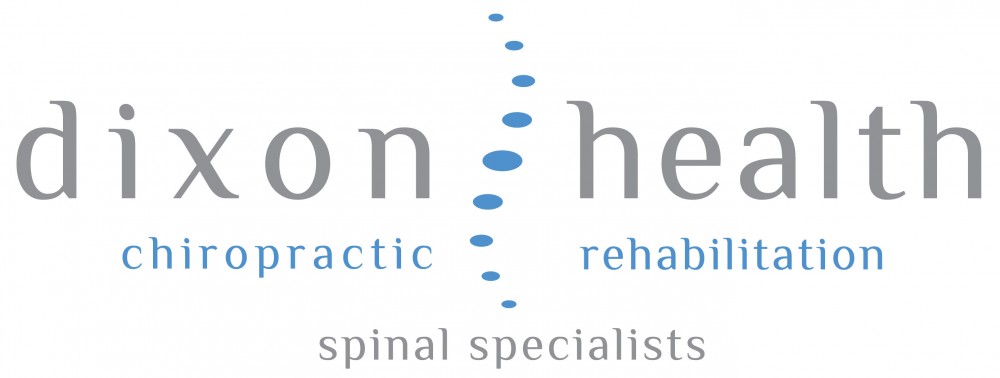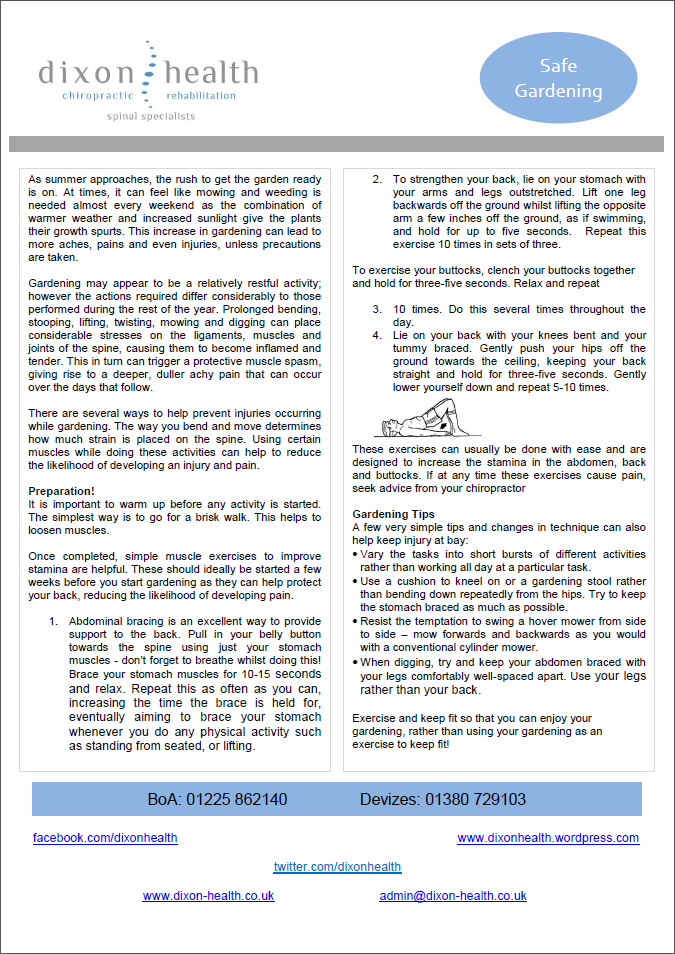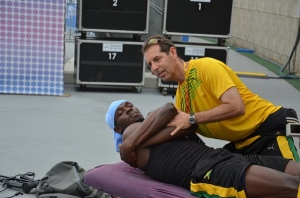So, people generally know that we treat backs, necks and most things in between. But how many people actually know exactly what it is we do and why it works… our clinical experience suggests not many! I often ask new patients what they know about what I do, and the most common answer is usually something along the lines of “well you crack bones don’t you!”
Depending on the chiropractor you see you could get one of a hundred different explanations, but here is my attempt at explaining what we do, from the cause of your pain, to the treatment, all the way down to what actually makes that “clicking” sound.
So… What causes back and neck pain??
To fully understand this, we need to look at the anatomy of the spine:

This image shows two lumbar vertebrae, but the idea is very much the same throughout the spine. The “Facets” or “Facet joints” guide and control the movement of the spine, whilst the intervertebral disc is the “shock absorber” of the spine. The gap in the middle is where the nerve roots leave the spine, sending signals down the legs and arms. It is pressure or irritation of these nerve roots which causes Sciatica and arm pain coming from the neck.
“Normal” or mechanical low back and neck pain without referral of pain into the arms or legs is usually caused by irritation and/or stiffness of the facet joints (or the pelvic joints). In acute pain this is usually caused by over straining one of these joints, causing a slight displacement or misalignment of the joint. This causes irritation and inflamation of the joint capsule and the ligaments surrounding the joints, which in turn causes sharp pain whenever you try to move the affected joint. To protect against this pain and immobilise the joint, surrounding muscles go into spasm which causes further pain in the area.
In the case of chronic pain, stiffness can develop over years. The mechanism within the joint is fairly similar, however with prolonged stiffness, wear and tear can develop. This results in a narrowed joint space and a decrease in lubricating fluid within the joint.
And what can we do about it?
Chiropractors use a variety of techniques including stretching and soft tissue therapies as needed, however the primary technique we have at our disposal is joint manipulation, or the chiropractic adjustment. This involves a high speed, low amplitude thrust applied specifically to the joint or joints which are not moving. This frees up the movement within the joint without damaging the joint itself, taking the pressure off the affected structures and decreasing muscle spasm. It is usually not painful, and most patients feel more mobile and less in pain when they leave the clinic. Often the joint which is painful is not the core of the problem, rather a symptom of overuse and compensation due to a long term stiffness or dysfunction elsewhere in the spine or body. As such, by adjusting other levels of the body (for example the pelvis and feet) we can effectively decrease pain levels while simultaneously providing protection against further relapses of pain.
So whats all this “bone cracking” you’ve heard about?
A common accompaniment to the adjustment is a clicking or popping sound. This is not your bones cracking, but rather bubbles of gas releasing from the fluid in the joint. To explain this, we need another diagram:

As the joint gets opened up, the volume of the space between the joints increases. The articular capsule (or joint capsule) creates a sealed environment within the joint, so as the volume increases, the pressure rapidly decreases. The synovial fluid within the joint has gasses dissolved in it. Because fluids do not easily expand, this rapid decrease in pressure causes the gas within the joint fluid to quickly evaporate, creating a bubble. It is the formation of this bubble which causes the cracking sound (this is exactly the same as the process when people crack their knuckles). This process is certainly not harmful when performed by a chiropractor, and has strong therapeutic benefits.
Many of our patients have reported that they have been taking paracetamol for their back pain, and it has not helped. A report this month in the British Medical Journal has endorsed what we have known for years, and it is good that now that is being acknowledged by the wider scientific community. 26 million people in this country suffer from back pain every year (nearly half the population!) and the treatment they have been using is ineffectual. Chiropractors have for years been encouraging their patients to get and keep active, and that is now the current recommendation, but if your back hurts how do you get active? That is where we come in. Our gentle adjustments release spinal and pelvic joints, increasing flexibility and reducing pain. Exercise then becomes possible and more comfortable and the vicious cycle is broken. Call us in Bradford on Avon on 01225 862140 or Devizes on 01380 729103 and we can help you ‘feel the difference’.










